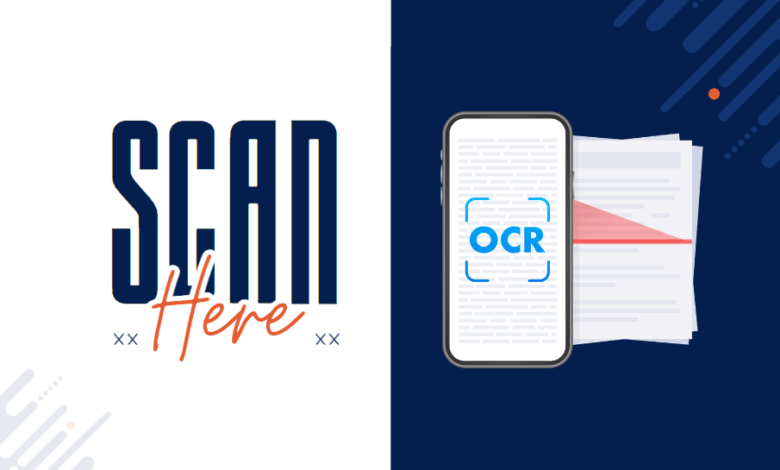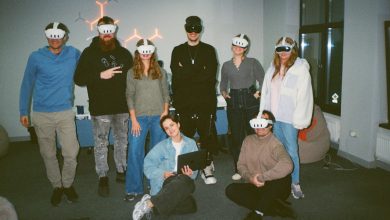
The digitalization of business means that more and more documents are being handled electronically. This, of course, requires entering them into the appropriate system, which typically involves scanning. This is facilitated by OCR, or optical character recognition technology. What exactly is it? What are the uses of OCR? The answers to these and other questions can be found in this article. Converting PDF files to Word documents using OCR is one example of this technology’s versatility.
What is OCR and what is it for?
Optical character recognition (OCR) is a technology that converts scanned or photographed documents, such as PDFs, into editable text. This allows for more efficient and effective document management, as well as making it easier to search and edit text within documents. OCR automatically converts scanned files into text that can be edited, copied, and searched, significantly streamlining office work and business processes.
Definition and history of OCR
Optical character recognition (OCR) is a technology invented in the 1970s. Initially used to recognize text in printed documents, it has been refined over time and is now used in a wide variety of applications.
Modern OCR software can recognize text in PDF files, documents, and images, making it an extremely versatile tool such as SwifDoo PDF for Windows. Thanks to ongoing technological advancements, OCR has become an indispensable element in document digitization and automation processes.
How does OCR work?
Optical character recognition (OCR) works by scanning or photographing a document and then processing the image to extract the text. This process involves several steps:
- Scanning or photographing a document: The document is converted into an image file that can be further processed.
- Image processing to extract text: The image is analyzed and the text is identified and separated from the background.
- Text recognition using OCR algorithms: Advanced OCR algorithms analyze the extracted text, recognizing individual characters and words.
- Converting recognized text to an editable format: The recognized text is converted into an editable format, such as a text file or a Word document.
Text recognition technology and process
Optical character recognition (OCR) uses advanced algorithms and technologies, such as artificial intelligence and machine learning, to recognize text in documents. The text recognition process consists of several steps:
- Text detection in an image: Algorithms analyze an image to identify areas containing text.
- Letter and word recognition: Advanced OCR technologies identify individual letters and words, even across different fonts and writing styles.
- Converting recognized text to an editable format: Recognized text is converted into an editable format, allowing you to continue working with the document.
What is optical character recognition and what is it used for?
OCR technology is a solution used by many companies. However, not everyone knows exactly what it involves, as evidenced by the popularity of online searches for “OCR what is it?” Therefore, it’s worth being aware that optical character recognition (OCR) is a technology that automatically recognizes characters in graphic files, printed documents, and even handwritten documents. As a result, it significantly simplifies scanning and digitizing them, streamlining office operations within a company.
What is OCR software used for? Briefly speaking, it allows you to convert a scanned image into text that can be recognized by a computer, including PDF documents. As a result, you can edit it exactly as if it were a computer-generated document. Furthermore, there’s no need to install any software, as processing is performed on cloud servers. Optical document recognition simplifies digitization, and the accuracy of scanned documents can be improved by using pre-made forms, templates, and specialized scripts.
Where can you use OCR on scanned documents?
OCR software is a solution that works well in all companies that process numerous documents and enter them into computer systems, including PDF files. As a result, this technology is used in a wide variety of industries, such as the insurance, banking, and energy sectors. OCR also allows for the conversion of image files into editable text, which is extremely useful in everyday work. OCR software can easily be considered indispensable for companies that have implemented electronic document flow (EOD). It allows for even faster document entry into the system while maintaining the highest possible quality. Importantly, using OCR simplifies the work not only of those responsible for scanning documents but also of the employees responsible for processing them. Invoice data can be automatically entered into the system, speeding up the work of the entire accounting department.
Furthermore, OCR technology is ideal for archiving, as the introduction of scanned, computer-readable files into the archive significantly simplifies subsequent searches (e.g., for specific keywords contained within the content).
Summary
In summary, optical character recognition is a technology that significantly simplifies document scanning and digital processing. OCR software allows scanned images to be read as computer text, which can be freely edited or automatically transferred to other systems, and can also convert PDF files into a searchable format, such as PDF to Word.
As a result, it’s an excellent system for supporting electronic document flow within a company.





